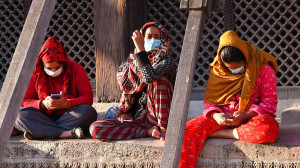Culture & Lifestyle
In Patan, forgotten ancient rituals are returning to life
After decades of silence, priests and locals, in collaboration with the Patan Museum, have revived long-lost daily worship and temple traditions, reconnecting Patan with its living heritage.
Anish Ghimire
When you enter the Patan Museum, the first attraction you encounter is Keshavnarayan Chowk, home to the centuries-old Keshavnarayan Temple. The temple is said to have been built during the Lichchhavi period in the 5th century, and the statue of Keshavnarayan, based on its artistic features, dates back to the 9th or 10th century.
Ever since its establishment, nitya puja (daily worship) at the temple was a common phenomenon, but for the past 40 years, no such worship had been performed there. Annual traditional rituals, such as Krishna puja and Mataya jatra, continued as usual.
Museum Officer at Patan Museum, Suresh Man Lakhe, says the conversation to revive the daily worship at the temple began as a “chiya guff”. Slowly, the issue was raised, and more people became involved. In 2020, on the day of Jestha Purnima, daily worship resumed at this temple, commencing with a special Kshama Puja (ritual of forgiveness) and a hom ritual (fire offering).

“Community support was valuable, and the guidance of elders made the process very easy,” Lakhe told the Post. “Even though we don’t quite know why the worship had stopped in the first place, we are glad to start it again.” The priests who now perform the daily and special rituals at the temple are from the lineage of priests who have been in this profession for ages.
One such priest is Shivesh Sharma, who calls himself a “family priest”. It began with his grandfather, who first arrived here as a priest. His uncle, also continuing the family lineage, performs rituals at the Banglamukhi Temple. Sharma’s upbringing was very traditional, surrounded by a family of ritual practitioners.
.jpg)
“I grew up here, and I’ve seen and been part of many traditional rituals since a young age, so I am naturally inclined to this profession,” Sharma told the Post. According to him, he became eligible to perform worship only after his Bratabanda ritual (a Hindu coming-of-age ritual for boys that marks their transition to adulthood).
In a similar vein, the traditional worship of Sadashiva (the eternal form of Lord Shiva) had also been discontinued due to some reasons. According to the museum, in Nepal Sambat 535 (1471 BS), Shri Yankuli Varma, his wife Madan Lakshmi, and their son Jay Singh performed uninterrupted annual rituals on the day of Shiva Ratri Chaturdashi, including Panchamrit Snan (ritual bathing with five sacred elements), hom and the offering of bel leaves.
It is not known when the worship was stopped. But with the support of the museum and the priests of Patan Taleju Temple, daily worship was resumed on the day of Shivaratri in 2021, beginning with a special Kshama Puja. At present, the Taleju priests conduct daily worship and perform the Panchamrit Snan every Shivaratri.
One such priest, Niran Rajopadhyaya, starts the daily worship at dawn and finishes it by noon. The Rajopadhyaya caste has historically served as priests, advisors, and spiritual gurus for the Newa ruling families. They are known for their knowledge of both Vedic and Tantric traditions. However, despite such a rich lineage, Niran worries their family profession is at risk of fizzling out. “I continued what my forefathers started, but after me, there is no one to carry this forward,” Rajopadhyaya told the Post.
Even though the number of elderly priests who perform the worship of Sadashiva has increased, issues such as a lack of finances and declining youth interest continue to put the worship at risk. This ritual takes place at the Bhandarkhal garden, located at the rear of the Patan Museum. Constructed in the late 17th century, the Bhandarkhal Water Tank served as the primary source of water supply for Patan’s royal palace.
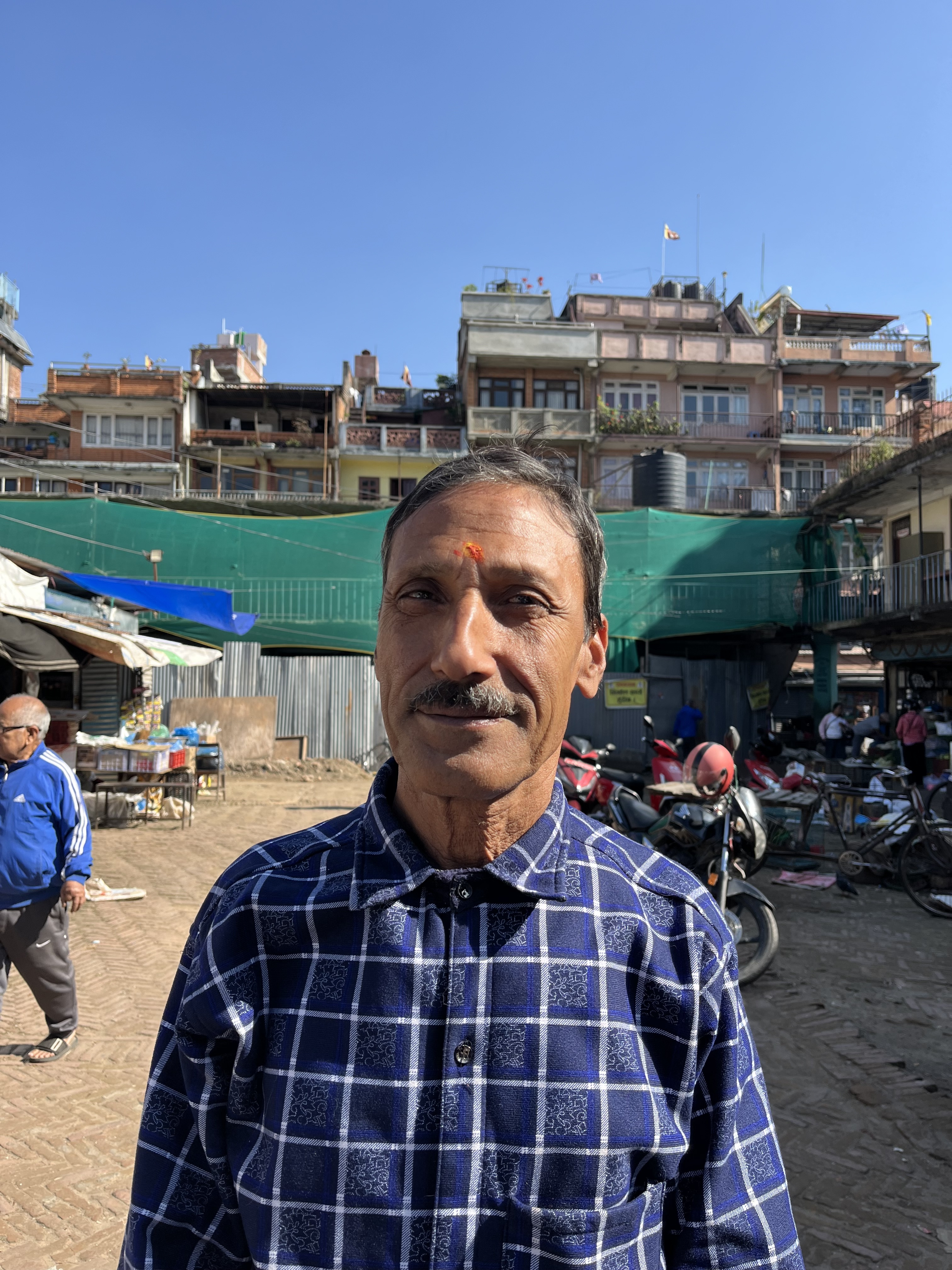
Like the Bhandarkhal garden, there is another popular landmark at the Patan Durbar Square, called Tusa Hiti in Sundari Chowk. According to the museum, the Chowk was built in 1627 AD, and Tusa Hiti in 1647 AD. The site holds immense religious, cultural, and historical value and stands as a fine example of the Newa architecture.
The Hiti, also known as the ‘Royal Bath’, was where Malla kings like Siddhi Narsingha Malla bathed. Historically, a special puja and Hom ritual were performed on the anniversary of its establishment. This tradition, however, was interrupted for various reasons.
In April 2025, the museum, with the support of the Taleju priests, revived the tradition with special rituals. According to Lakhe, the museum officer, plans are to continue this tradition uninterrupted in the future.
Other festivals and rituals have also seen a revival. Last year, a special worship of Narasingha and other deities was introduced by the museum when the Shree Narasingha Jatra arrived at Patan Durbar, adding a new layer to the city’s centuries-old religious traditions. The Jatra was started by King Siddhi Narasingh Malla around 1631 AD.
Overseeing all the revivals of the rituals is the local Ward office. The Patan Durbar Square falls under Ward no 16 in Lalitpur Metropolitan City, and the office works with many bodies to revive and promote the cultural heritage of Patan.
Aside from the revival of rituals and worship, the Ward Office is planning to promote the ancient Kartik Nach. The Nach is among Patan’s oldest and longest-running traditional dance dramas (pyakha), and was introduced by King Siddhi Narsingh Malla in the mid-17th century.
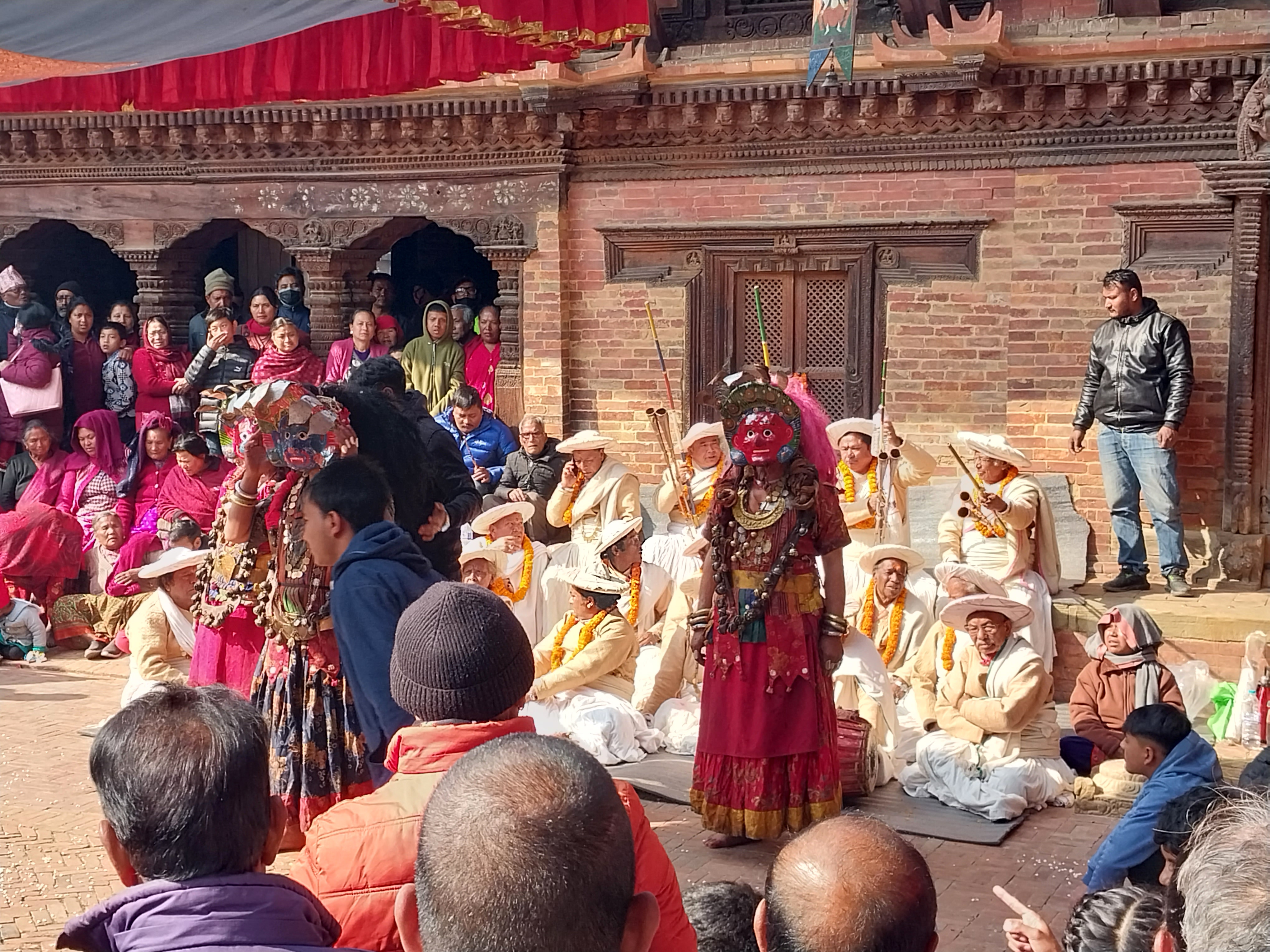
“The recently held Kartik Nach was performed for ten days, but next year we are planning to run it for a whole month,” ward chairman Nirmal Ratna Shakya told the Post. Among the many attempts made to promote the dance, live-streaming it on Facebook is the most recent one, which has proven to be effective. Many viewers enthusiastically joined the LIVE, which piqued their interest, Shakya says.
Discussing the plans for the future, Shakya says the museum and the ward office are planning to make Mul Chowk a ‘no-shoe zone’ to preserve the sanctity of the place. The historical Chowk is inside the museum and houses the Taleju Temple.
The ward chairman also notes that in recent times, the youths of Patan have shown great interest in reviving and promoting their culture. The Ward Office runs many training sessions for youths to learn traditional instruments and dances. “Recently, there was a small girl who joined our training, eager to learn about her culture. This enthusiasm will fuel Nepal’s cultural heritage promotion in the future,” Shakya says.




 16.12°C Kathmandu
16.12°C Kathmandu
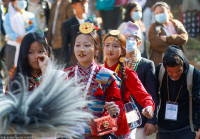


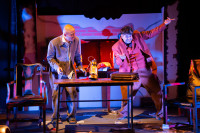

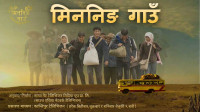






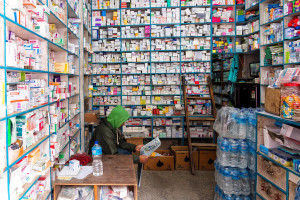
%20(1).jpg&w=300&height=200)

